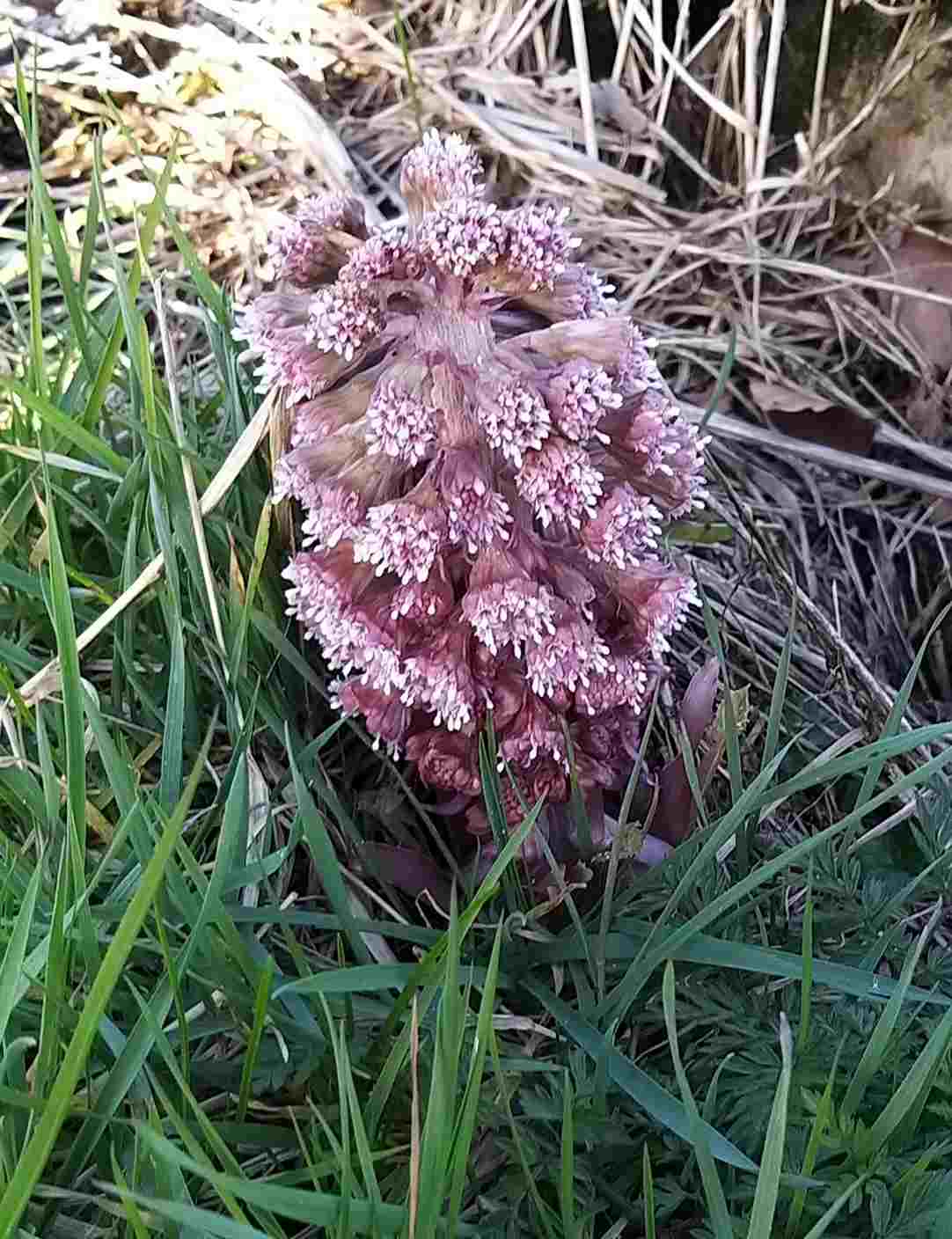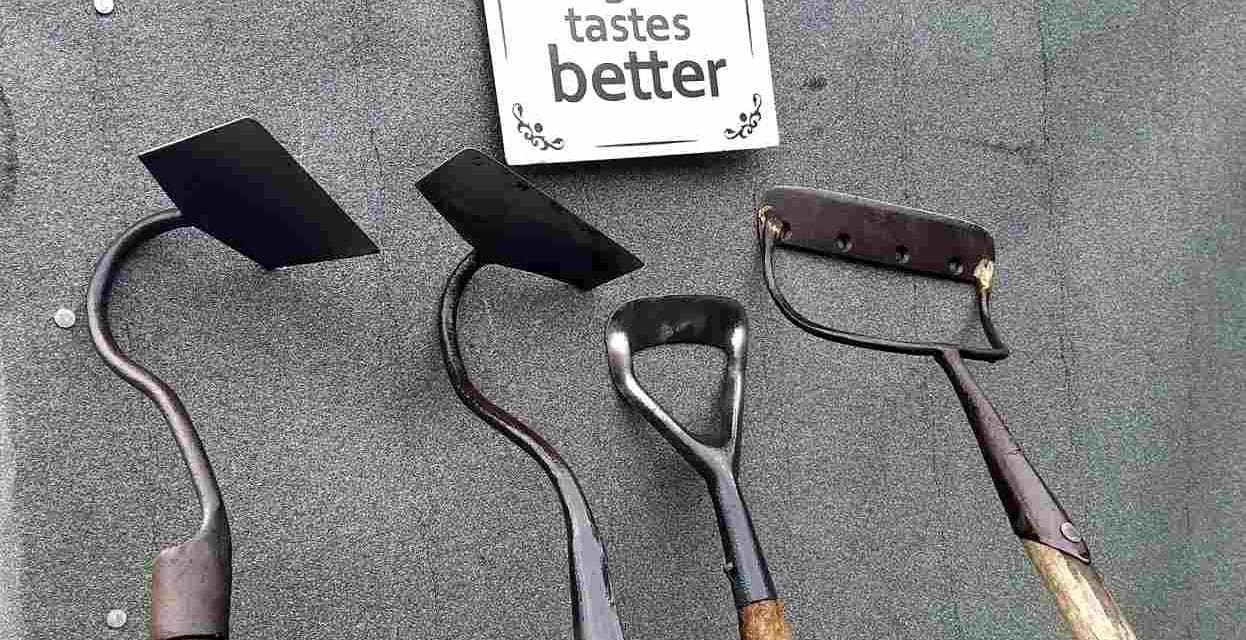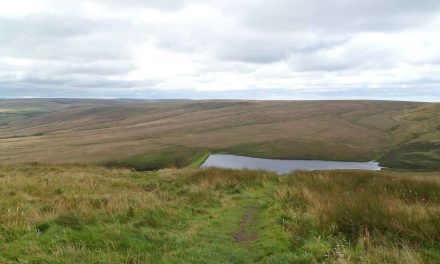Spring – Christina Rossi 1830 – 1894
There is no time like Spring,
When life’s alive in everything,
Before new nestlings sing,
Before cleft swallows speed their journey back
Along the trackless track, –
God guides their wing,
He spreads their table that they nothing lack, –
Before the daisy grows a common flower,
Before the sun has power
To scorch the world up in his noontide hour.
By Gordon the Gardener
I have been asked when is planting out safe from frost? My answer is always one of caution.
Many have been caught out ‘It’s May now so it’s safe to plant.’ But we can get snap frosts at any time in May.
Hardening off your tender colourful bedding plants by opening ventilators in your greenhouse and cold frame and generally getting the plants acclimatised, does help.
Looking at my records, in 2005 we had frost on May 9th, 12th, 13th, and on the 17th frost and ice which damaged fruit tree blossoms. There can also be damaging east winds.
Those plants at the supermarket can be inviting. Oscar Wilde said: “I can resist everything but temptation.”
And then there is the all-important jet stream to contend with, shown in full colour wheeling around the weather forecast!
Forecasts these days are complicated, so my advice would be to take a look at the sky and to wait until after the Spring Bank Holiday before planting.
There are tasks that should be done soon. Spring flowering tree and shrubs are always pruned after flowering – if they need it.
The aim should be to prune to create balance and shape keeping the centre open and uncluttered.
Then growth that is made throughout the summer produces the flowering wood in the following spring.
Many people look at trees and shrubs in autumn when they are bare with no leaves and then prune, thus cutting away the flowering growth, and then are puzzled why they have no flowers in spring.
What is the best way to keep weeds down, I am asked? The number one answer is weedkiller, but the best tool in a gardener’s arsenal is a hoe.
A hoe is the cheapest and most economical way of tackling weeds, and you’re cultivating the land in one operation.
Hoeing also creates a loose layer of soil that if done regularly prevents re-growth of the weeds. Hoes come in various forms and sizes. I have a selection of them.
I have swan necked ones for chopping weeds, which also comes in very handy when earthing up potatoes.
I also have two sizes of Dutch hoe with a straight forward facing blade for general work. When buying hoes, like all tools it’s worth purchasing a good one, but these can be rather expensive.
A tip I can give you is to make a visit to Huddersfield market on a Saturday. I have picked up some very good tools there at very reasonable prices.
When you’ve got your tools, look after them. Keeping them clean after use and applying oil to the blades will keep them in pristine condition. And the best way to keep a hoe sharp is to use it.

Whilst out walking close to the river I came across an unusual wild flower called ‘Butterbur’ (Petasites) with short flower stalks, the grass around was grazed by sheep.
The plant is a relative of Coltsfoot. I looked up a few facts that I think you may find interesting. The leaves were in past times used to wrap butter.
It flowers before the leaves appear which is what can be seen in my photograph above. Looking like a thing from another planet, it was also used as a natural dye for Harris Tweed.
Leyte’s Herbal of 1578 says that its leaves were big enough “to cover a small table” 2ft wide. The flowering specimens I encountered (before the leaves) were no more than 4in tall. I will take a look again in summer.
Daffodils and hyacinths can be deadheaded and given a high potash feed to build them up for next year. Vegetables can be sown direct, carrots and brassicas and peas.
Also climbing French beans, my choice is the variety Lake. Cobra is another along with Goldfield. Spinach is always worth growing. Rhubarb can be harvested.
Onions and leeks can be planted in well-manured land and given a general fertiliser as they are gross feeders. Sweet peas can be planted in well prepared ground.
Onions and leeks must be given plenty of water – of which we have had in abundance over the winter and spring so far! But the weather always evens itself out. So I wonder if we will get a dry summer?
Catch up on Gordon’s monthly blogs HERE
















